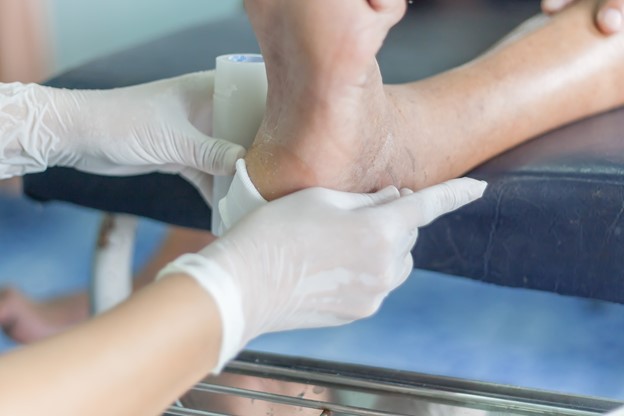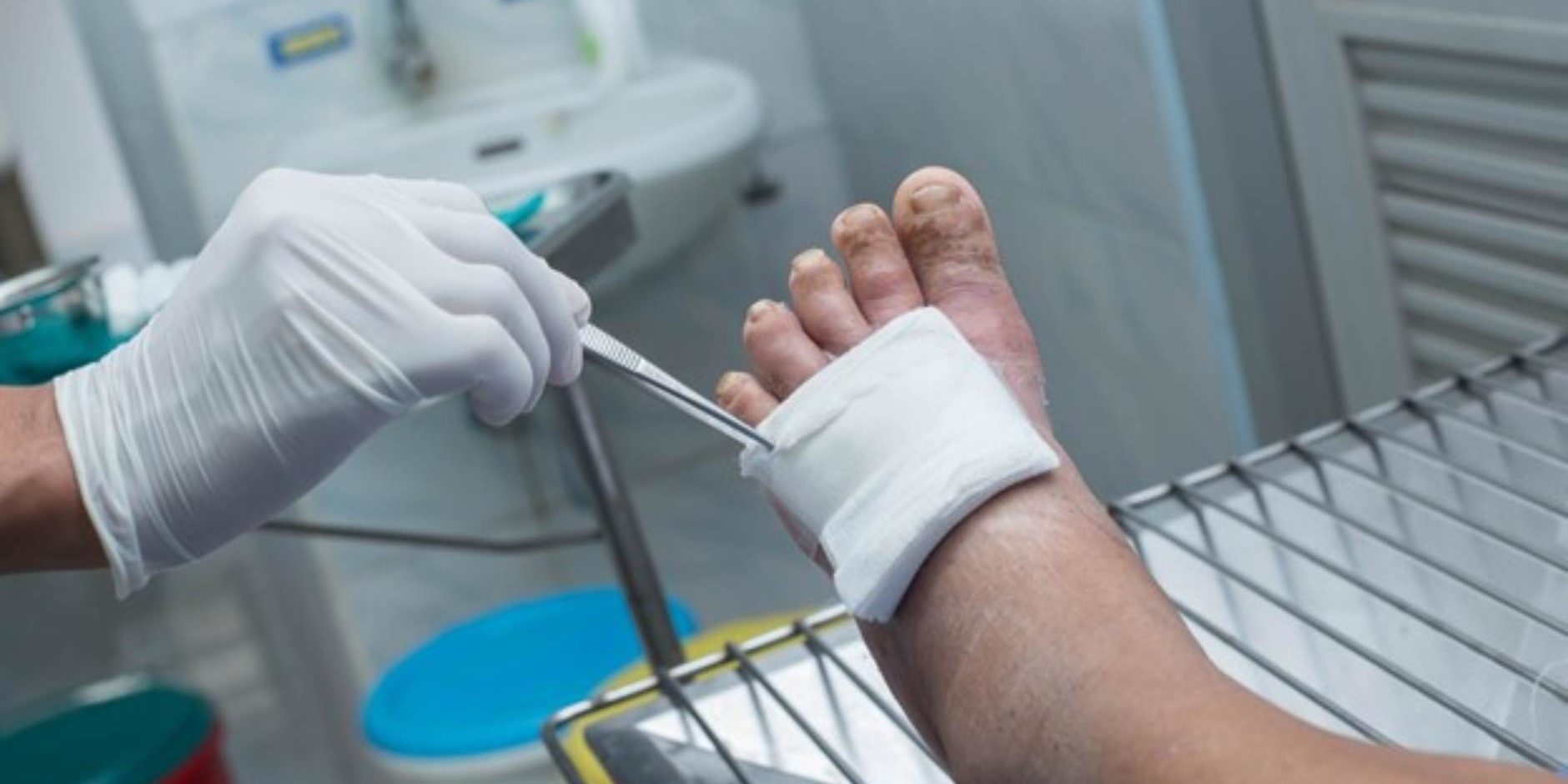Foot Ulcers result from the breakdown of the skin and tissues of the feet and ankles and can get infected. These will not heal quickly and might return over a long period. It is essential to detect and treat foot ulcers early to prevent them from infection and worsening.
Foot ulcers in Diabetes patients and people with poor circulation of blood are quite common. The goal here is to relieve pain, speedy recovery, and wound healing. Each patient’s treatment plan is based on their health, medical condition, and the ability to care for the wound.
If an infection/foot ulcer is not treated right away, it can develop into:
- An abscess
- A spreading infection of the skin
- A bone infection
- Gangrene
Additional factors that often increase the risk of foot ulcers include:
- Heart disease
- Kidney disease
- Obesity
- Nerve damage
- Wounded feet and more
Many different diagnostic tests can be done in the course of treating an ulcer. If the ulcer appears to be infected (i.e., there is redness and drainage), then the wound’s culture should be done. The reason for the culture is to identify the type of infection to be put on the appropriate antibiotic.

Treatment strategies for foot ulcers in diabetic patients have been changing and evolving as a result of pharmacologic and technical breakthroughs. One such cutting-edge innovation in Advance Ulcer and Wound Care is MaxioCel.
Apart from being highly absorbent and antimicrobial, MaxioCel provides pain relief to the wound site and actively heals them by bringing blood cells closer to the wound surface. MaxioCel also imparts excellent Scar improvement properties.
MaxioCel provides substantial relief from patients’ high levels of discomfort and pain and is a real game-changer.
 A collaborative study with Harvard Medical School
A collaborative study with Harvard Medical School






